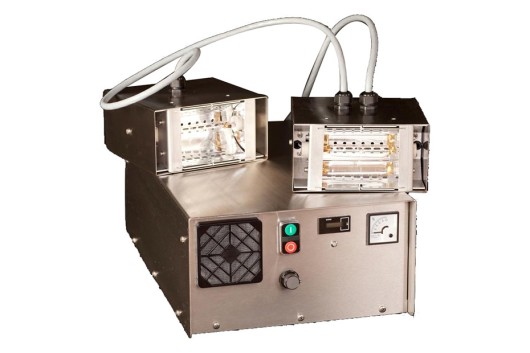In the fast-paced world of manufacturing, the demand for faster production cycles, enhanced quality, and eco-friendly practices has never been greater. UV curing systems have emerged as a transformative technology, offering a solution that addresses these challenges across a myriad of industries. This blog will delve into the workings of UV curing systems, their diverse applications, and the myriad advantages that make them indispensable in today’s manufacturing landscape.
Understanding UV Curing Systems:
UV curing systems leverage the power of ultraviolet (UV) light to catalyze a photochemical reaction in specially formulated coatings, adhesives, and inks. This instantaneous curing process sets them apart from conventional methods, providing manufacturers with unprecedented speed and efficiency. The core components of a UV curing system include a UV light source, a curing chamber, and materials that react to UV exposure.
Applications Across Industries:
- Printing and Packaging: UV curing has become a cornerstone in the printing industry, enabling rapid drying of inks and coatings on various substrates. This not only accelerates production but also ensures vibrant colors and impeccable print quality.
- Electronics Manufacturing: In electronics, UV curing systems are instrumental in bonding and encapsulating electronic components. This guarantees reliable adhesion and shields delicate electronics from environmental factors.
- Automotive: The automotive industry benefits from UV curing systems for bonding and sealing components. UV-cured coatings provide a durable finish that is resistant to scratches, chemicals, and UV radiation.
- Medical Devices: UV curing plays a pivotal role in the medical sector for assembling and bonding medical devices. The rapid curing process ensures sterile and secure bonds, meeting the stringent standards of medical applications.
Advantages of UV Curing Systems:
- Speed and Efficiency: UV curing significantly reduces curing times, leading to faster production cycles and increased overall efficiency.
- Enhanced Product Quality: UV-cured products exhibit superior properties, including improved durability, scratch resistance, and consistent color quality.
- Energy Efficiency: Compared to traditional curing methods, UV curing requires less energy and produces minimal heat, contributing to lower operating costs and a more sustainable manufacturing process.
- Reduced Environmental Impact: UV curing eliminates the need for solvents, reducing volatile organic compound (VOC) emissions and creating a cleaner and safer working environment.
